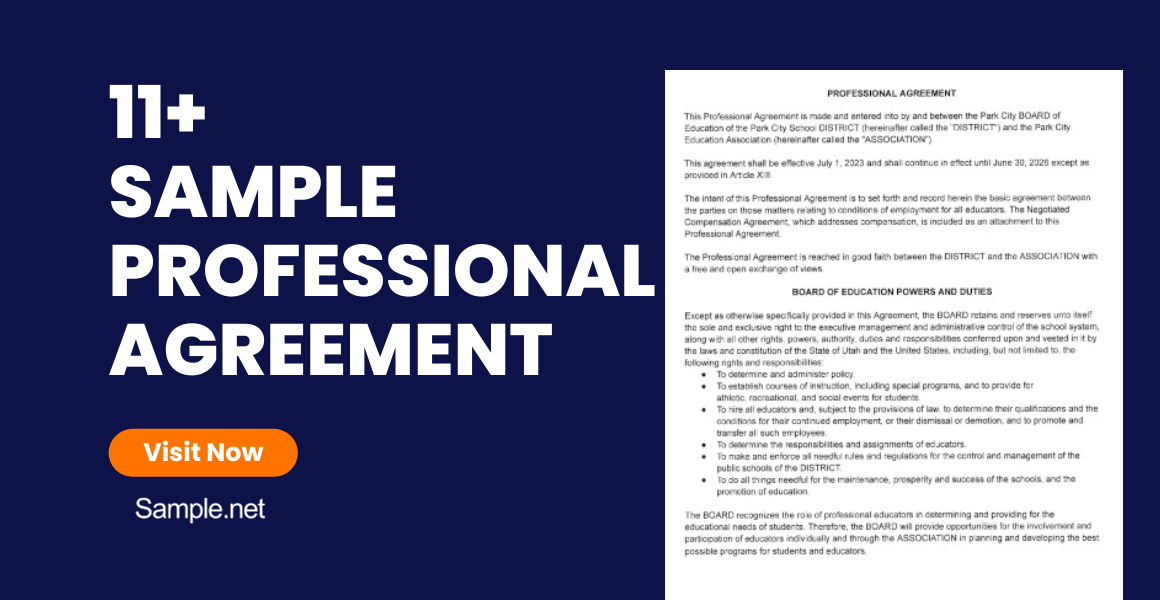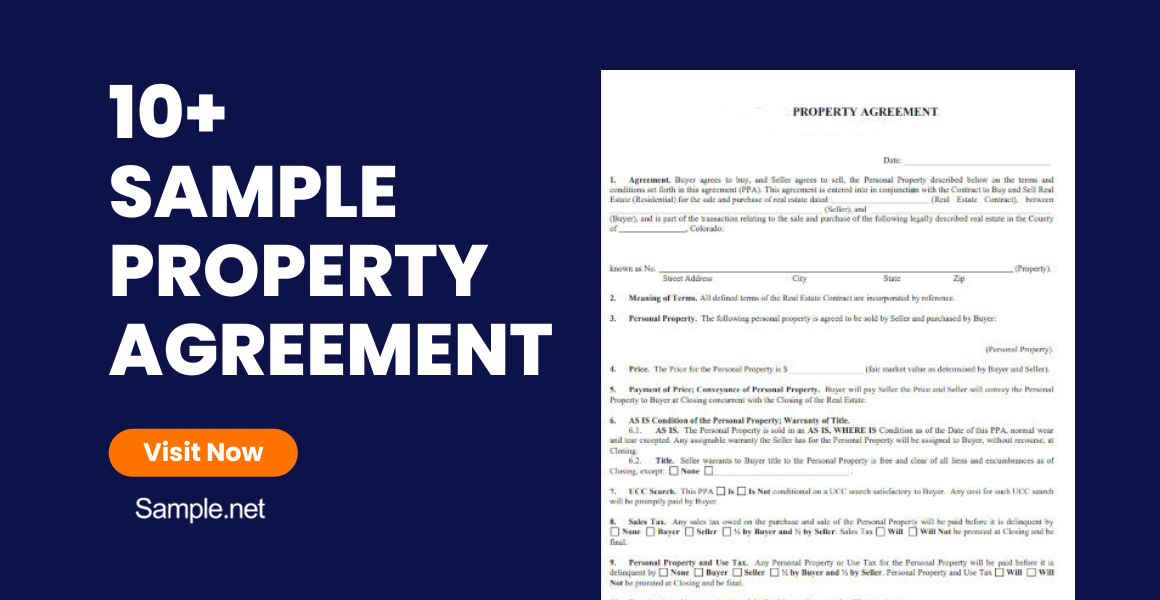Welcome to the epitome of seamless collaborations! Our Professional Agreement sample guide is your compass in the intricate world of business contract dealings. Crafted for clarity and precision, this…
continue reading50+ Sample Sublease Agreements

Sample Sublease Agreement
download now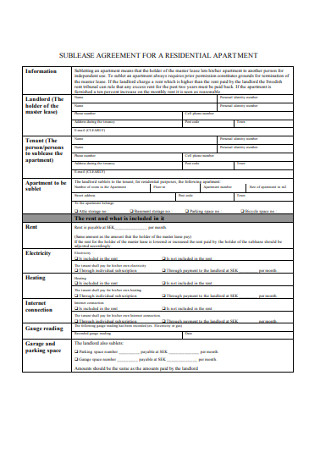
Sublease Agreement for Residential Apartment
download now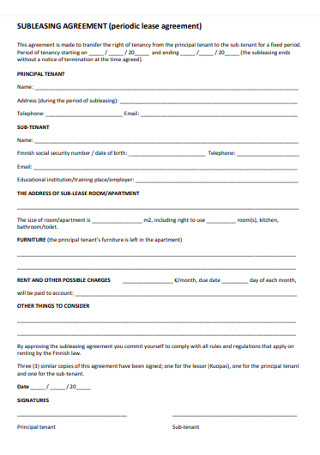
Periodic Lease Agreement
download now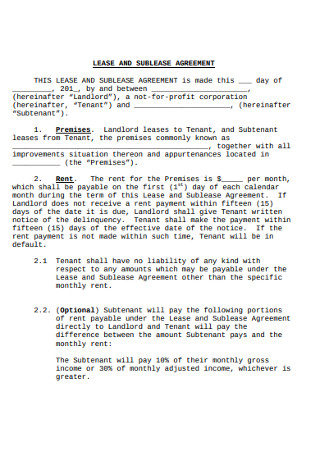
Lease and Sublease Agreement
download now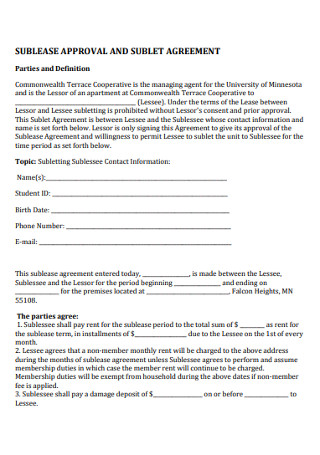
Sublease Approvel and Sublease Agreement
download now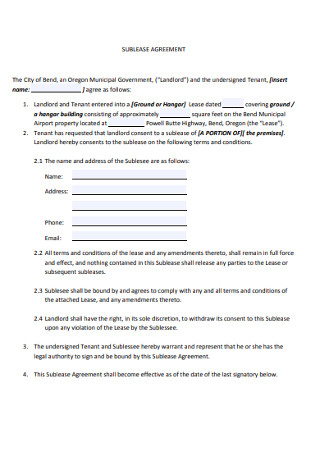
City of Bend Sublease Agreement
download now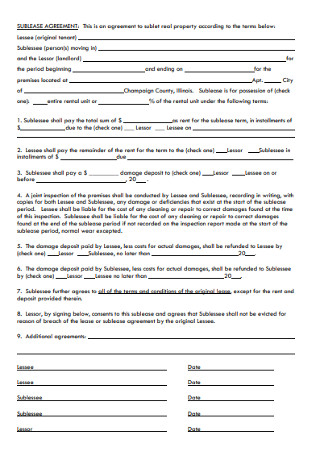
Real Property Sublease Agreement
download now
Basic Sublease Agreement
download now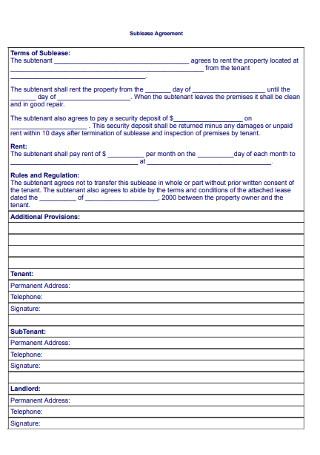
House Sublease Agreement
download now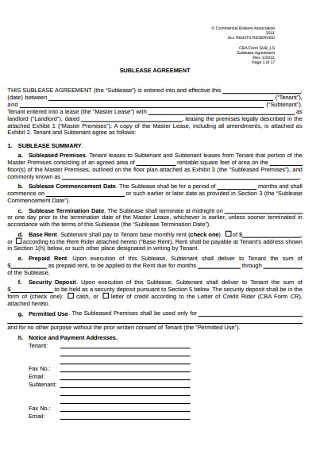
Commercial Sublease Agreement
download now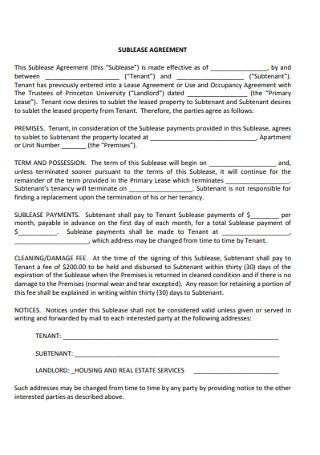
Standard Sublease Agreement
download now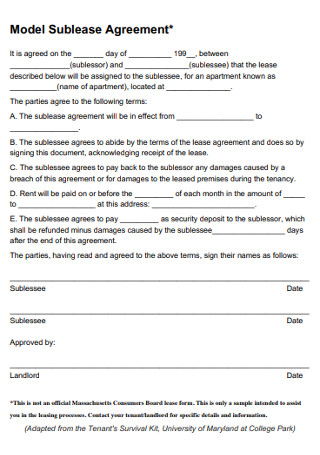
Model Sublease Agreement
download now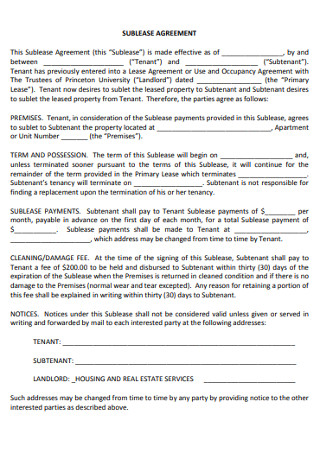
Simple Sublease Agreement
download now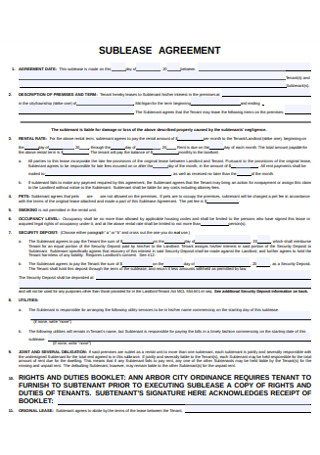
Formal Sublease Agreement
download now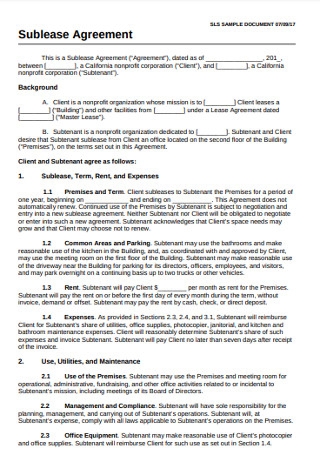
Sample Sublease Documentation Agreement
download now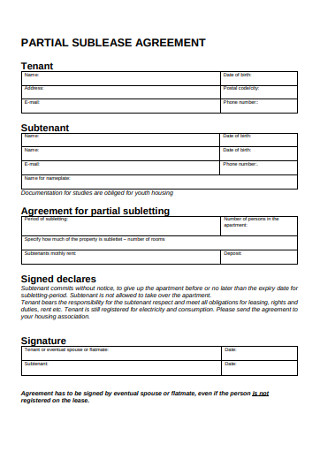
Partial Sublease Agreement
download now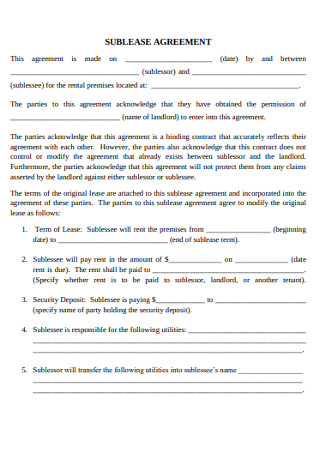
Student Legal Sublease Agreement
download now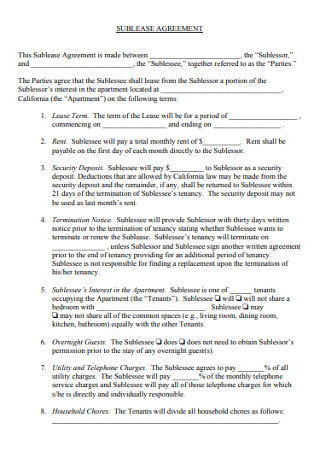
Sublease Agreement Format
download now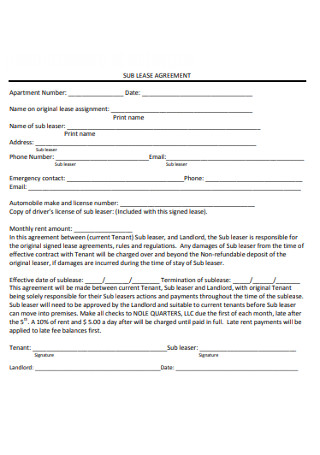
Quaters Sublease Agreement
download now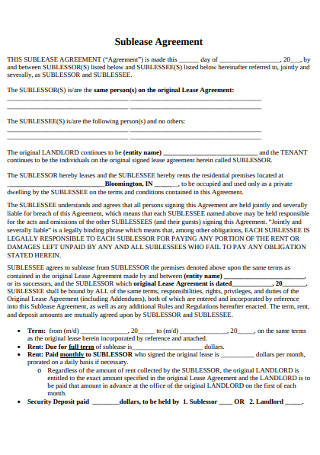
Sublease Rental Agreement
download now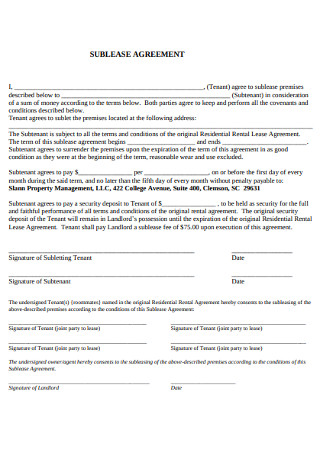
Sample Property Sublease Agreement
download now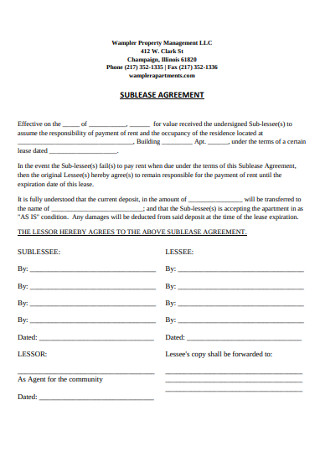
Property Sublease Management Agreement
download now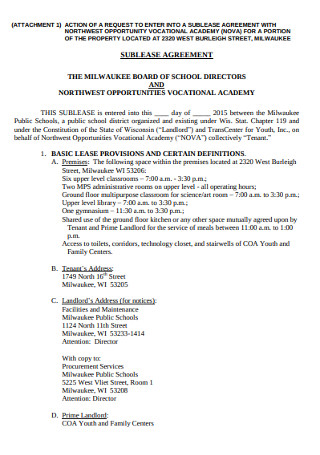
School Sublease Agreement
download now
Agreement of Consent to Sublease and Assignment
download now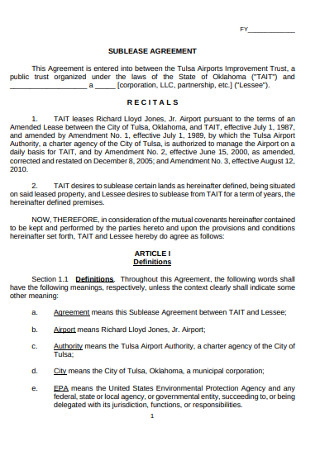
Airport Improvement Trust Sublease Agreement
download now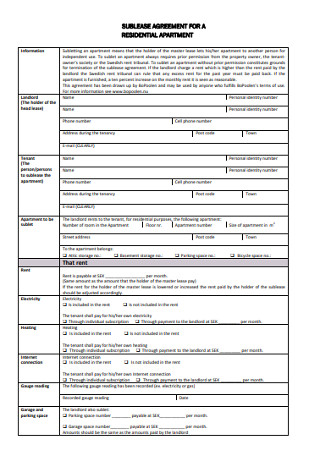
Sublease Agreement for a Residential Apartment
download now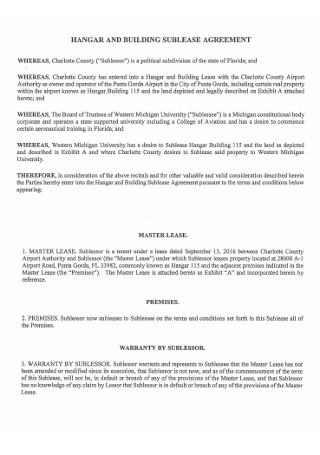
Building Sublease Agreement
download now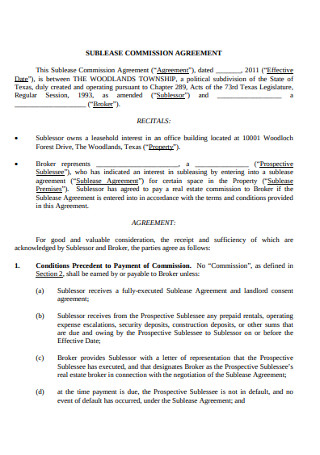
Sublease Commission Agreement
download now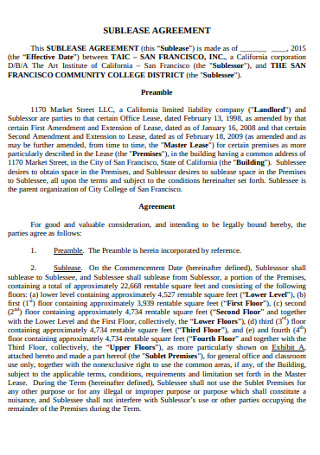
College Sublease Agreement
download now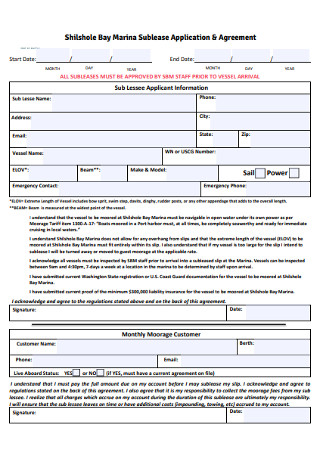
Sublease Application and Agreement
download now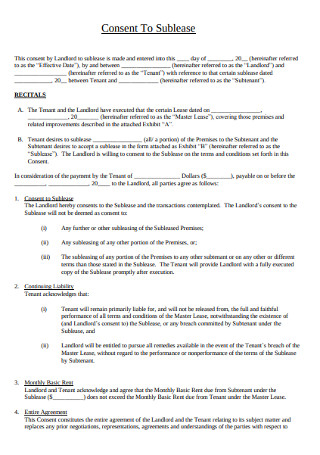
Consent to Sublease Agreement
download now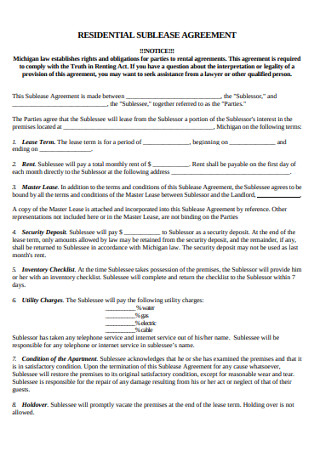
Basic Residential Sublease Agreement
download now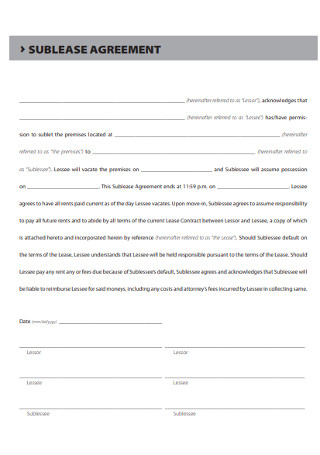
Printable Sublease Agreement
download now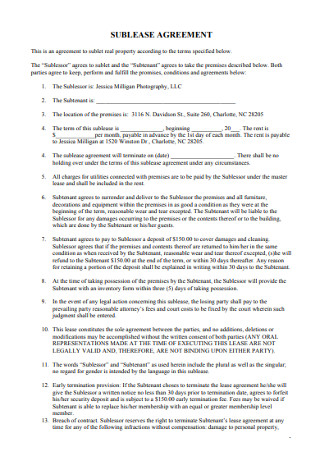
Real Estate Property Sublease Agreement
download now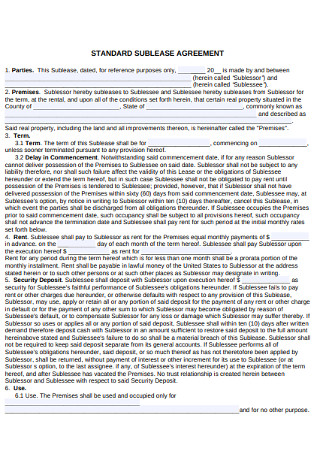
Standard Sublease Agreement Example
download now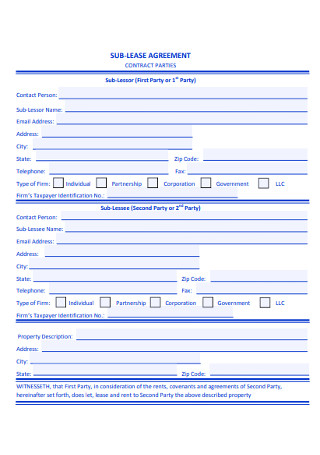
Sublease Contract Agreement
download now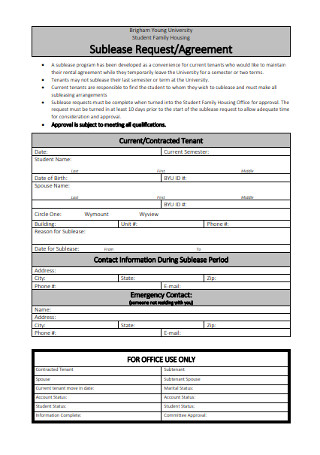
Sublease Request Agreement
download now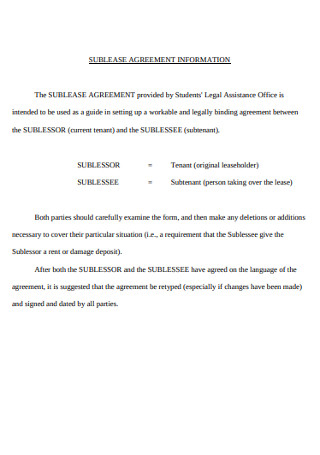
Sublease Agreement Information Template
download now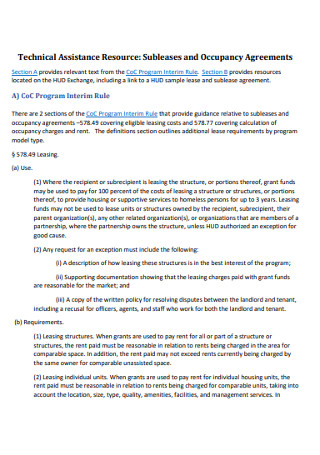
Subleases and Occupancy Agreements
download now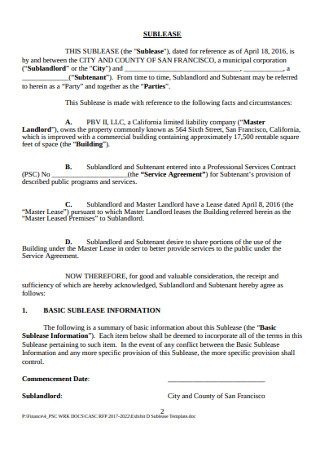
Sample City’s Sublease Agreement
download now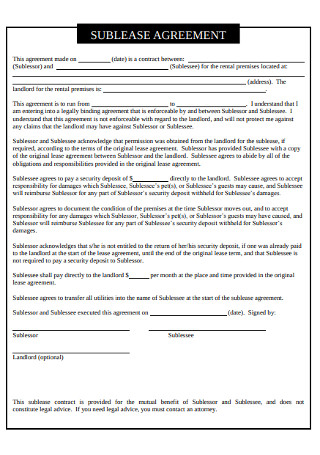
Sublease Agreement in PDF
download now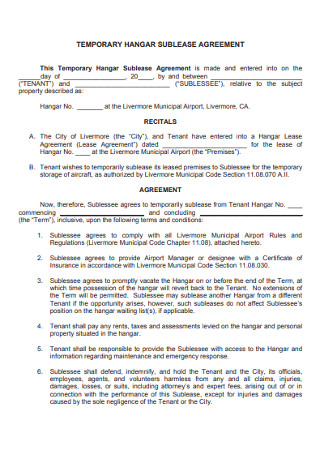
Temporary Hanger Sublease Agreement
download now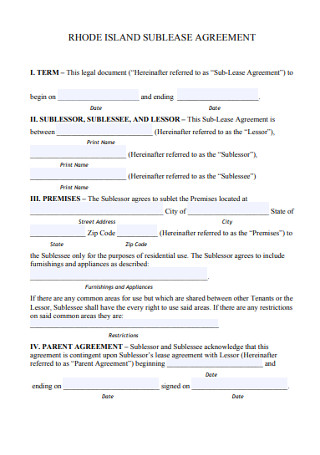
Island Sublease Agreement
download now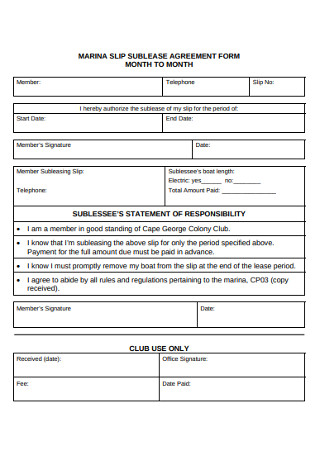
Sublease Agreement Form
download now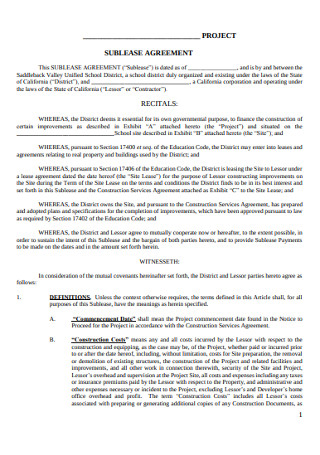
Project Sublease Agreement
download now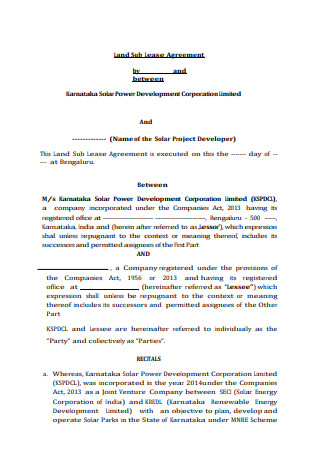
Land Sub Lease Agreement
download now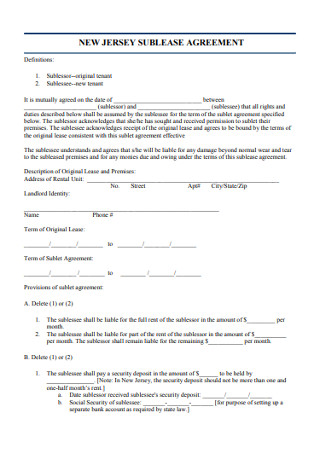
New Jersey Sublease Agreement
download now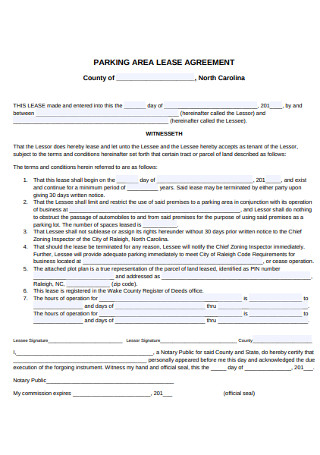
Parketing Area Sublease Agreement
download now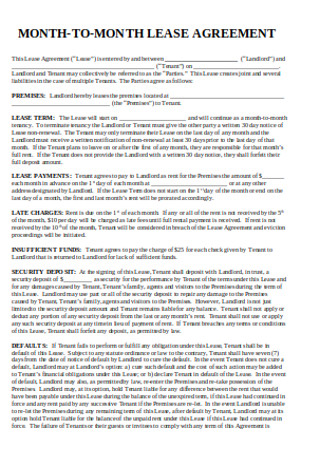
Month to Month Sublease Agreement
download now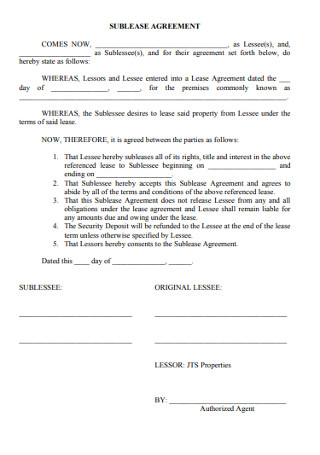
Professional Sublease Agreement
download now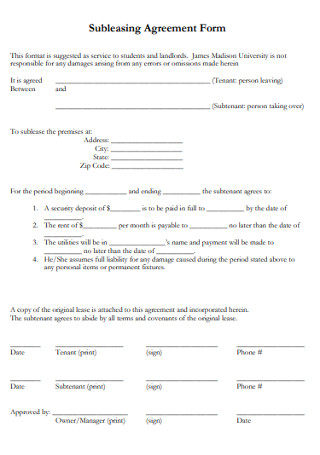
Subleasing Agreement Form
download now
What Is A Sublease Agreement?
Life moves fast. You just were eating pancakes and bacon bits on the kitchen counters at your parents’ house. Now, you’re at Home Depot picking out new furniture for your new apartment. Starting your first job in the city and signing that 12-month lease is a huge milestone for you. However, two months later, you find out corporate life is not for you. You abruptly emailed a resignation letter and go back home to your parents. Life is truly unpredictable. Currently, you’re facing problems with your lease. What should you do with it? According to Forbes, one of your options could be to sublet the property. You can list it in Airbnb and earn in the process. Subleasing is a living arrangement where you, as the existing renter of a place, sub rents the property to another person.

Properties You Can Sublease
Technically speaking, any residential property can be subject to sublease so long as the original lease agreement permits it. Typically the main tenancy contract between the tenant and landlord includes a clause that allows or disallows subleasing. It can also further provide requirements before a tenant can sublet the property, such as prior notice and written permission from the landlord. A few examples of properties that you can sublease are houses, apartments, condos, basements, room, garage, and even parking spaces.
Essential Components of a Sublease Agreement
A handful of clothes draping on the living room sofa. Piles of trash scattered on the kitchen floor. Unwashed plates and utensils crowding the sink. You freeze in horror. There’s nothing scarier than coming back from summer break and finding out your roommate trashed the apartment. A few hours from now, your landlord will conduct the monthly apartment checkups. You stare in disbelief. How will you answer for this much damage and filth? Your roommate is not even on the lease. Now you’re rethinking everything; the sublease you made him sign was too general. You should have made the rules stricter and mandatory. Next time when you create a sublease agreement, make sure to include these vital parts:
Location and description of the property subject to a sublease: Write down the full address of the apartment/condo/house/room/commercial building. Include the house or building number, street, city, state, and zip code. Term or duration of the sublease: Indicate the day your roommate officially moves in and the day he has to move out.Payment scheme: Clearly state how much rent your roommate should pay you and how often he should make payment. It’s best to provide a schedule for payment (i.e., every 25th day of the month)Security deposit: If you find yourself in a situation similar above, you can claim the security deposit to cover the havoc your roommate has made.Rental rules: As a tenant yourself, your landlord imposes restrictions on what you can and cannot do while renting his property. You should provide the same set of rules in the sublease agreement to not violate existing tenancy policies.Signing the sublease: Once you both sign the tenancy contract, it becomes a binding document. Make sure to include your full names, signatures, and the signing date.Attach an inventory: Specify the conditions or quality of the apartment before the sublessee moves in; this helps to avoid disputes over missing items once the tenancy is over.Attach the original lease: The sublease is an extension of the original lease. Discuss with the subtenant that he has to acknowledge the terms and conditions found in the original tenancy agreement.
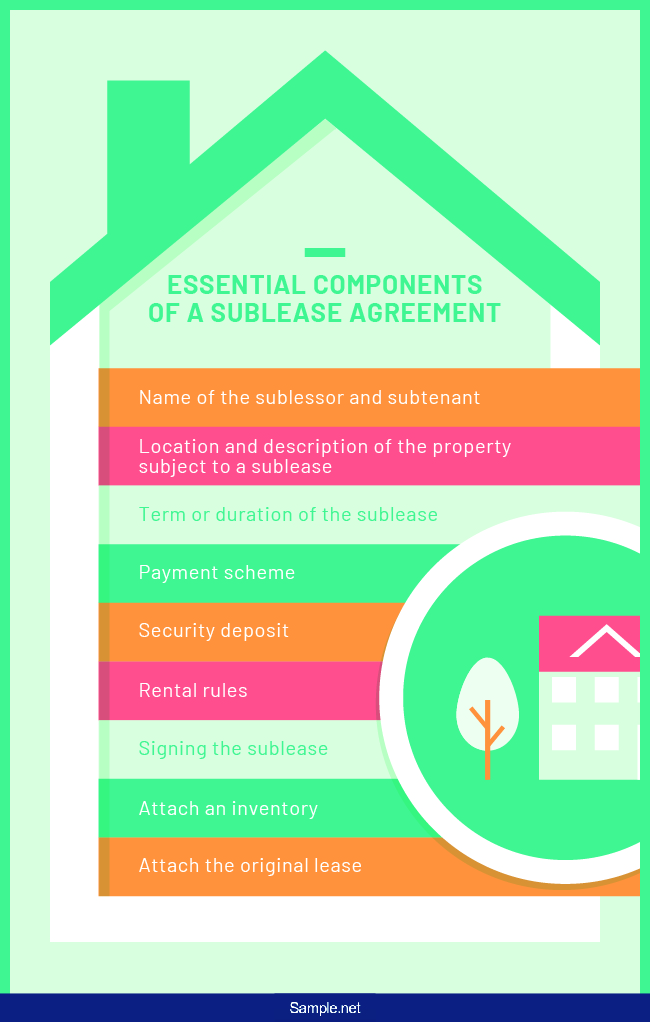
How To Successfully Sublease a Property
Under the original lease, you are liable to your landlord for payment of the rent and any material damage to the place. Subletting the property to another person does not absolve you of those obligations. Hence, it is crucially important that you exercise due diligence during the subleasing process. Below are some guidelines you should take note of when subleasing your rented property.
Step 1: Read your lease agreement
Surely you don’t want to violate your lease and risk losing your deposit money or having to face hefty fees. Nor would you want to hurt your credit scores. The first thing you should do is to make sure your lease allows you to sublease the property. If your original tenancy agreement is silent on the matter, it’s best to talk with your landlord.
Step 2: Make sure you notify your landlord
Be honest when explaining your situation to your landlord; he might allow the sublease. Let’s say you’re a student leasing an apartment near campus. You won’t be using the property during the holidays, so you’re considering renting it out for the duration of the break. In all cases, you should notify the owner. It is, after all, his property you’re renting to another.
Step 3: List the property for sublease
Once you’ve acquired the landlord’s consent, you can freely advertise the place for sublease. The most efficient way to find renters is by listing the property online. Some reliable websites for offering rentals are Craiglist, Airbnb, Homeaway, Sublet, and Flipkey. For a more conventional approach, you can post an ad on the university bulletin board.
Step 4: Choose a sublessee responsibly
If you’re in a hurry to have the place rented, resist the urge to sublease it to the first person you find. Subleasing is a serious matter. As the primary renter under the original lease, you’re the one ultimately liable to the landlord in case anything happens to the property. Hence, conduct the necessary background checks on potential renters. If possible, ask for a Letter of Employment to determine whether they can pay the rent. If unavailable, ask for a character reference from previous landlords.
Step 5: Discuss essential information
The sublease agreement should also include the rules found on the original lease. The sublessor has the discretion to make additional policies the sublessee should follow; for example, no pet policy. It is also best to address who will pay the utilities and whose name it’s under. There are three possibilities: either the landlord pays for the utilities under the original lease, the tenant or sublessor pays for the utilities, or the sublessee pays for the utilities. Lastly, discuss how much deposit your sublessee should pay.
Step 6: Get it in writing and have it signed
All contracts should be in writing. Make sure that you and your sublessee sign the sublease agreement to make it a binding document. Remember to retain a copy of the contract for yourself and the sublessee. And if necessary, another copy for your landlord.

FAQs
Is subleasing illegal?
Generally, no. There is no law that makes it illegal to sublet a property. But, your original lease agreement may disallow it. In some states, you can still sub-rent the property even if your landlord and lease agreement expressly forbids it. On the condition that you give the proper notice to your landlord. However, there are exceptions to this, such as: tenants in public housing, limited-profit housing, or housing subject to rent control are not allowed to sublease the property they are renting.
What is the difference between a lease agreement and a sublease agreement?
If you are renting numerous properties and one is an apartment complex that you rarely use, you can sublet it to someone else. The contract you entered with your landlord for the apartment is called the lease agreement, while the contract you entered with the person you’re subletting the apartment to is called a sublease agreement. Under this arrangement, you, as a tenant, are still primarily liable for the timely payment of rent to your landlord under the original lease.
How do you get out of a sublease agreement?
If you’re a sublessee, you can terminate the sublease by providing the sublessor a prior notice of termination, preferably a month from the actual day of discontinuance of the lease. The notice should state your reason for ending the tenancy. If you’re a sublessor and want to evict a sublessee, you should follow the normal eviction process. It is essential to give the proper notice, and there should be valid and reasonable grounds for the eviction.
How can I get rid of a subtenant?
As a landlord, you have the right to evict both the tenant and his sublessee if found violating the terms of the tenancy agreement. On the other hand, if you’re a tenant, you can evict your sublessee only when you see him breaking the terms and conditions of the sublease agreement. In both cases, it is vital to give prior notice.
Can a landlord sue a sublessee?
Typically, no. A sublease agreement is a contract between a tenant and a sublessee. It is the tenant that can sue the sublessee for unpaid rent. The landlord can sue the tenant but not the sublessee since the lease agreement is between him(landlord) and tenant—not him and the sublessee.
There are essential things to consider when subleasing a rented property. Hopefully, this article helps you cover the basics. Always remember to consult with your landlord before subletting the place. It also helps to read state laws governing tenant-landlord relationships. It pays to know your rights and obligations.

